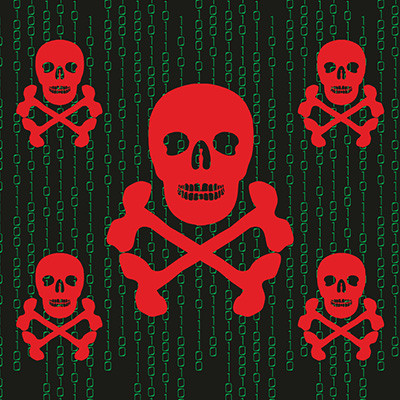Artificial intelligence and machine learning are entering the mainstream technology discourse, and with software developing the ability to learn from datasets, many businesses are using this technology to automate their processes to cut down on costs and better use their current resources. There is a lot of good that comes from this, but only when you look past these benefits can you start to see the drawbacks, including an important one called “data poisoning.”
Defining Data Poisoning
Data poisoning can occur when someone makes changes to machine learning training data. One way this can happen is through malware. A hacker might gain access to a machine learning database and proceed to make changes to the data found within. This causes the AI to learn from the incorrect data and, thus, come to incorrect conclusions. As you can imagine, this can create disastrous outcomes for any business that relies on machine learning and artificial intelligence.
There are two main types of data poisoning attacks, one of which targets the availability of the data and another which targets the actual operations of the machine learning and artificial intelligence systems. The one which targets availability is what the process we outlined above would be considered; it affects the database through the use of bad or unavailable information. The other is much more dangerous, as it opens up possibilities for hackers to alter the systems themselves. In both situations, these robust systems that are supposed to make operations easier are useless.
Why You Should Care About Data Poisoning
The more businesses rely on automated systems, the more they are at the mercy of them. Operations cannot be sustained when these systems are compromised or impacted by data breaches or corrupted data. Ultimately, the systems are only as effective as the data used to fuel them.
Consider that these systems are fairly new to the world of business insights. The slightest change to a database could completely offset the effectiveness of that system. Hackers will more and more often target these systems because they can cause more damage with less effort, making these systems rather unappealing from a security perspective for the user. Therefore, to get the most out of your automated systems, you must protect them from external influence.
How You Can Prepare
There are several possibilities for protecting your systems, and modern cybersecurity makes it easier than ever to take proactive steps toward keeping your systems secure. Just keep your software updated and take care of routine maintenance, and combine these efforts with cybersecurity training for your business. You might be surprised by how many attacks these base-level measures can thwart on their own.
Beyond these other measures, you can implement firewalls and updated antivirus definitions to keep up with threats that might develop alongside these systems. Encourage your staff to remain vigilant, as you never know when a cybersecurity incident might choose to strike.
Dresner Group can help your business prepare for any threats targeting your infrastructure. To learn more, call us at (410) 531-6727 today.




Comments